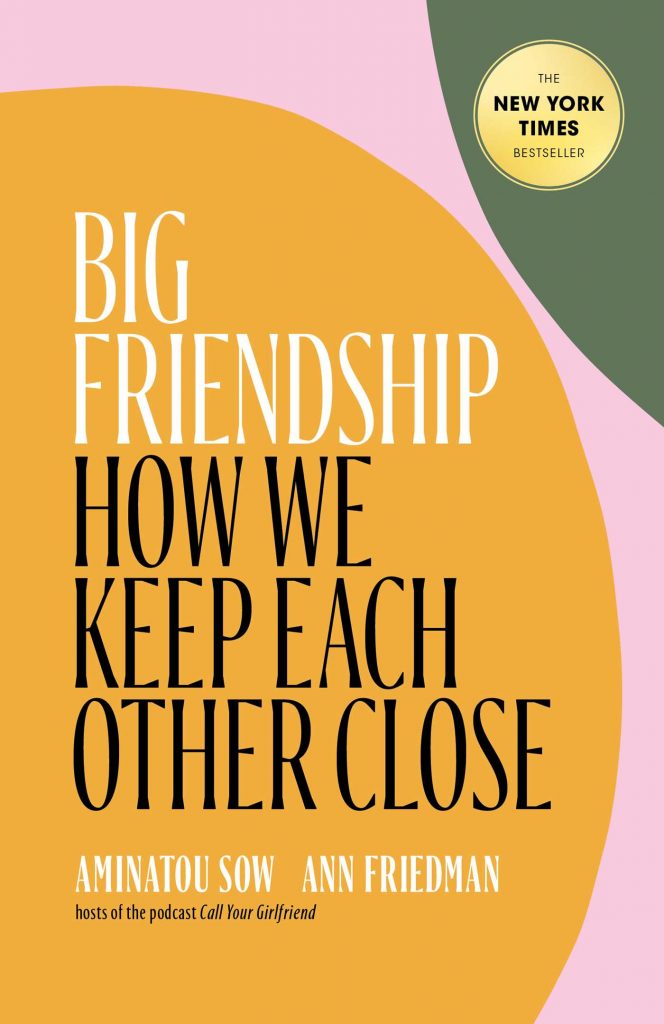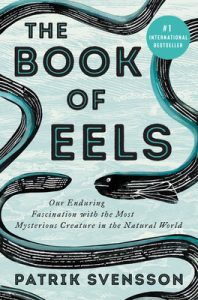Mike Birbiglia’s latest comedy special on Netflix is entitled The Old Man and the Pool. The Hemmingway reference did not go unnoticed by this library worker, that’s for sure. I was drawn to see this latest offering based on a vaguely pleasant recollection of his film, Sleepwalk with Me, which was released in 2012. The film was based on his one-man show of the same name and a corresponding book. All three tell the true story of Birbiglia’s troubles with somnambulism (otherwise known as sleepwalking). Apologies, somnambulism is one of my favourite words — rarely do I find an opportunity to use it. I’ve always seen Birbiglia as someone on the forefront of what is possible in the medium. He seemed to be one of the first to incorporate extended, personal narratives in his comedy. In doing so, he creates an impression of extreme honesty and self-deprecation. Since his specials have often originated as one-man shows, they have a hybrid tone. He combines the earnestness and gravity of drama, with the rhythms of traditional stand-up. The set-ups and punchlines are all there — the pauses that indicate the audience should react to something that was said. All the artifice of the artform is present, but it’s balanced by the perilous reality of movement while unconscious.
Continue readingTag Archives: Memoir
Uncanny Eels
No one has ever seen an eel in the Sargasso Sea.
This line repeats, over and over, in different manifestations throughout the book. A bit like the eel. We know – we think, given the information we have available – they spawn in the Sargasso Sea, but “no one has ever seen a mature eel in the Sargasso Sea” (Svensson, The Book of Eels. c.15: The Long Journey Home); “no human has ever seen an eel in the Sargasso Sea” (c.3: Aristotle and the Eel Born of Mud); “no one has ever seen an eel in the Sargasso Sea” (c.15). It’s almost poetic the way this line repeats itself, undulating through the text as though through waves, following it from beginning to end as if to underscore that no, the eel question has not – cannot? – be answered. Even the place whence it comes is ill defined, “[t]he Sargasso Sea is actually less a clearly defined body of water than a sea within a sea. Where it starts and where it ends is difficult to determine” (c.1: The Eel). The eel remains mysterious.
Aristotle thought they spontaneously generated out of mud. Freud – yes, Sigmund himself – dissected 400 eels attempting to locate the eel’s male reproductive organs, before becoming the father of psychoanalysis. (He failed.) Johannes Schmidt, the man who is credited with finding the birthplace of the eel (for good reason), spent almost two decades looking at tiny baby eels (resembling tiny willow leaves) under a microscope, trawling the sea, before concluding that they likely breed in the Sargasso Sea. Shortly after he published his results and was awarded the Darwin Medal by the Royal Society of London, he died of the flu.
Undulating smoothly from chapter to chapter between memories that seem to shift as Svensson recounts them, their accuracy less important than what is recounted and what import they hold for Svensson himself, and historical tidbits about the history of scientific investigation into the eel and the many ways in which, despite our efforts, the eel has continued to elude us. Svensson is clearly fascinated by this creature, Anguilla anguilla, and his recounting of his memories of his father, the two of them finding common ground in the eel, is incredibly tender.
Big Friendship: How We Keep Each Other Close
 I have a distinct childhood memory of being at some older cousin’s wedding, listening to the Maid of Honour give a speech. She was my cousin’s best friend, and I remember her saying something along the lines of “we can go months without seeing each other, and then pick right back up where we left off.” To little me, the idea of not seeing your friends for months was preposterous. How can you even call yourselves friends, if you’re not seeing each other every day? Of course, as an adult, that speech now makes a lot of sense to me. Even before COVID, it wasn’t unusual to not see good friends for months and months. Keeping in touch is easier now, of course: smartphones and social apps. But in-person hangouts are far less frequent than as kids. Reality isn’t like Friends or New Girl—you probably don’t live across the hall from or in one giant apartment with your adult friends.
I have a distinct childhood memory of being at some older cousin’s wedding, listening to the Maid of Honour give a speech. She was my cousin’s best friend, and I remember her saying something along the lines of “we can go months without seeing each other, and then pick right back up where we left off.” To little me, the idea of not seeing your friends for months was preposterous. How can you even call yourselves friends, if you’re not seeing each other every day? Of course, as an adult, that speech now makes a lot of sense to me. Even before COVID, it wasn’t unusual to not see good friends for months and months. Keeping in touch is easier now, of course: smartphones and social apps. But in-person hangouts are far less frequent than as kids. Reality isn’t like Friends or New Girl—you probably don’t live across the hall from or in one giant apartment with your adult friends.
Adult friendships are a lot harder to maintain than sitcoms would suggest, due to competing commitments. Jobs, significant others, children. We’re busy! If you’re an avid podcast listener, you might know Aminatou Sow and Ann Friedman from Call Your Girlfriend, the hit podcast “for long distance besties everywhere.” The show’s manifesto is as follows, from the website: “We believe that friendship—particularly among women and femme-identified people—is a defining, important, and powerful relationship, and that conversations among friends can be the source of incredible social and political power.” A bold statement, and one that’s at the core of their new book Big Friendship, though in a down-to-earth, accessible (and fun!) way.
In Big Friendship, Aminatou and Ann (as they refer to themselves) work through their living example of a successful friendship that has survived all sorts of adult problems. The trick? They simply cared to maintain that friendship. And that meant putting in work, the kind of work we usually associate with romantic relationships (they have, for example, been to Friend Therapy). Big Friendship makes the argument that, though society doesn’t seem to value it as such, deep, lasting friendship is—and always was—a vital part of the human experience.

